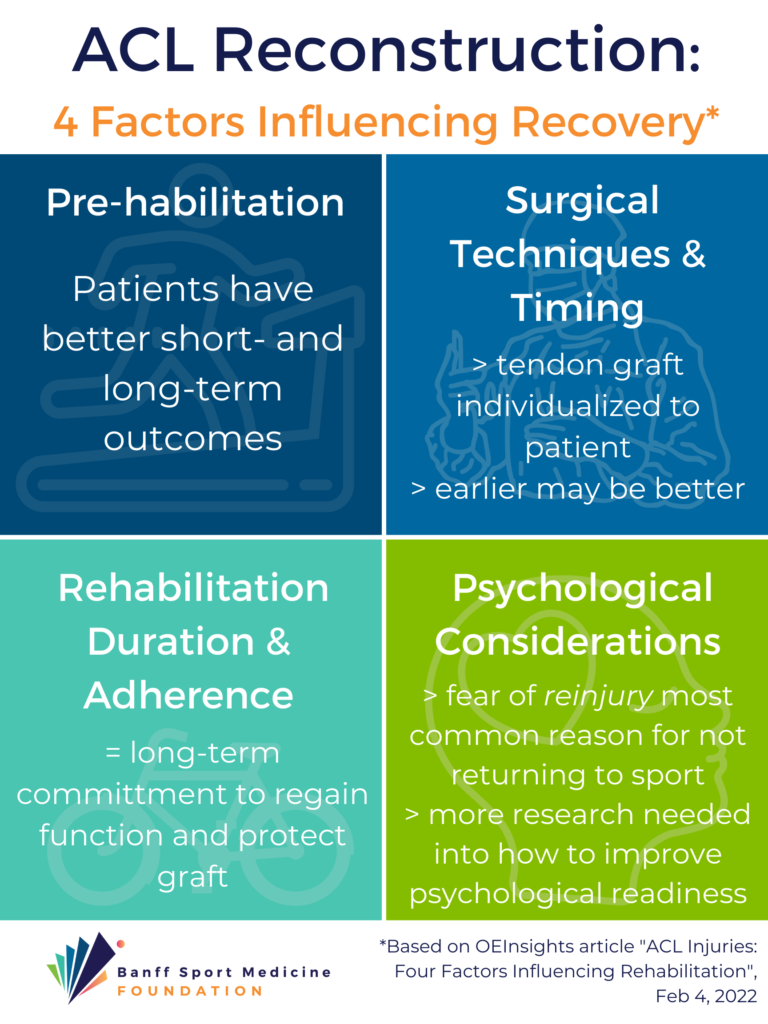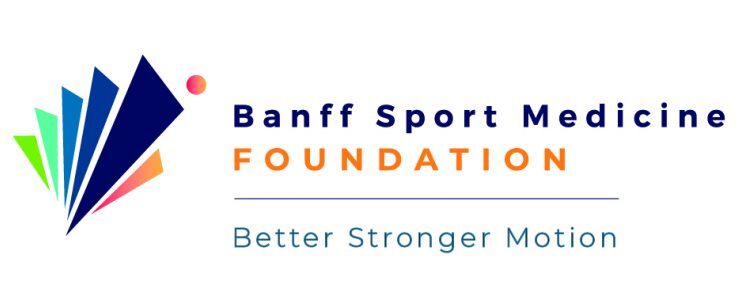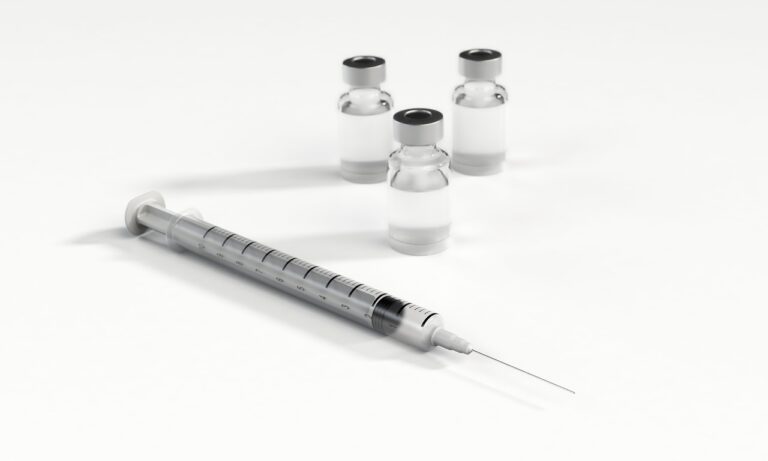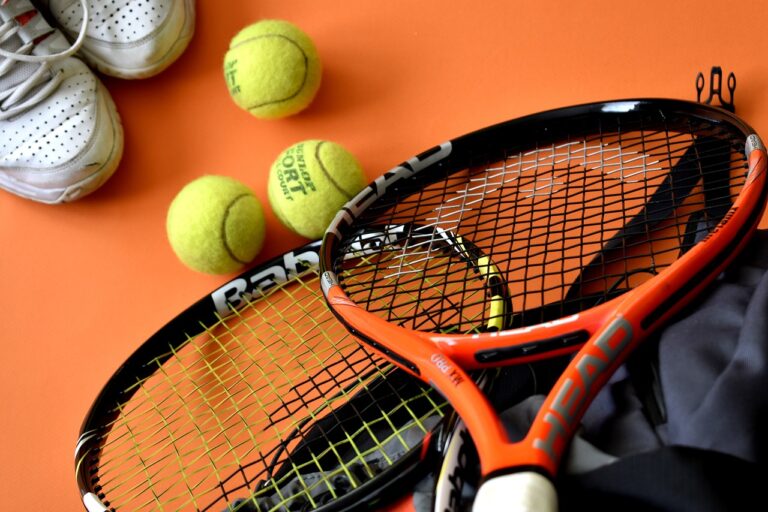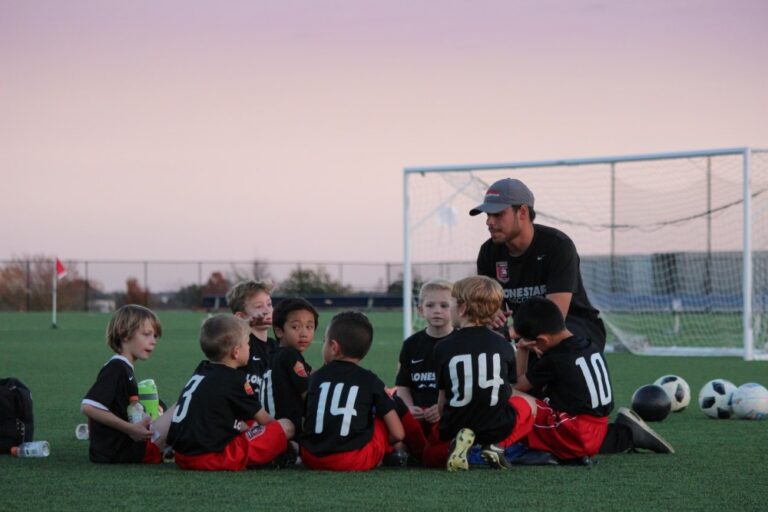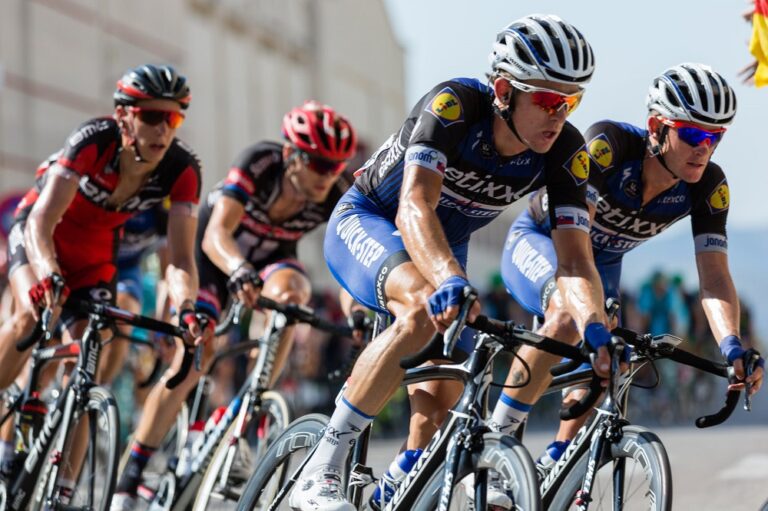ACL injury: 4 critical factors influencing recovery
In a recent OrthoEvidence, OEInsights Article, the authors outline four critical factors that influence a patient’s recovery after ACL injury.

ACL tears are one of the most commonly reported knee injuries in active individuals and athletes, particularly in pivoting and cutting sports such as soccer, basketball, football and rugby.
Here in the Bow Valley, skiing and snow sports are another common cause of ACL injuries.
—Learn more about the basics of ACL injury—
These types of injuries are not to be taken lightly.
Not only do they result in significant time loss from activity and sport, but also lost school or workdays, pain, anxiety or depression, loss of social connection, and an increased risk of future obesity and osteoarthritis.
The current gold standard for treating ACL injury is reconstructive surgery.
Despite advances in surgical techniques, the authors state that “some studies report that just 55% of patients who undergo ACL reconstruction make a return to competitive, high-level, pre-injury sport, and between 15 and 23% may suffer a re-rupture or injury to their contralateral [opposite] knee”.
Given the potential impacts an ACL injury may cause, the authors reviewed the scientific research and found four critical factors that influence ACL rehabilitation and recovery.
Factor #1: Pre-habilitation
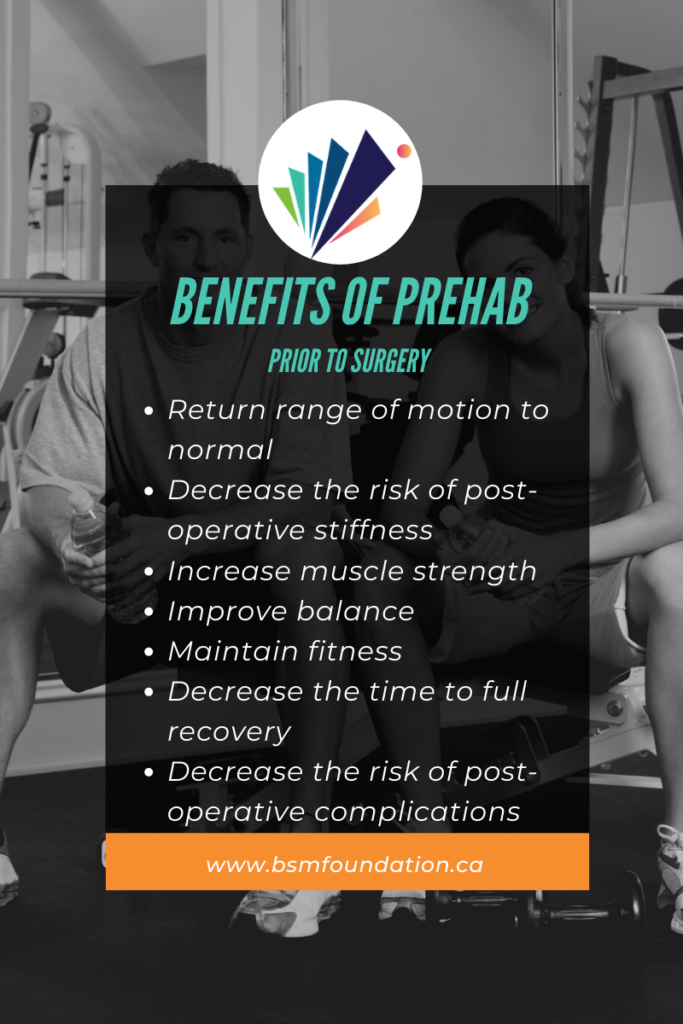
Research shows that patients who engage in a “prehab” exercise program prior to surgery recover better.
— Learn more about the importance of pre-surgery exercise —
— Learn more about how to activate your quads before surgery —
Factor #2: Surgical Technique and Timing
Graft Choice
Although a torn ACL can occasionally heal on its own, this is unusual.
Some people with an injured ACL do well with conservative, non-operative treatment, however, the most effective treatment in terms of restoring knee function is surgery.
— Learn more about ACL treatment options —
When patients undergo ACL reconstructive surgery, they receive a tendon tissue graft to substitute their torn ligament.
There are several options for grafts, with no one graft appropriate for every patient.
Each type of graft has advantages and disadvantages that the surgeon will consider when making a recommendation. The surgeon will also consider a patients age, goals, and lifestyle among other things.
Graft choice should be individualized to the patient for optimal outcomes.
Does recovery from ACL reconstruction depend on the graft used?
Timing of Surgery
The authors of the OEInsights article found that the recommended timing of when ACL reconstructive surgery should occur can vary.
Initial research suggested that delaying ACL reconstruction anywhere from 3-6 weeks after injury is ideal to mitigate the risk of developing arthrofibrosis in the joint – where excessive collagen and adhesions result in restricted joint motion and pain.
More recent studies have shown that with newer surgical techniques, surgery can be performed effectively within 3 weeks of injury with no difference in outcome.
It also appears that delaying surgery beyond a certain point can have negative outcomes.
One study found that those who had surgery more than six months after their injury had an increased chance of having a new meniscal tear. As stated by the authors, “This speaks to the potential protective effect of restoring a stable knee as early as possible”.
That is to say, stabilizing the knee via ACL reconstruction helps prevent further joint damage.
Thus, the authors conclude that “while there is no consensus for an optimal time for surgery, it appears that there is increasing advocacy for early time points”.
Factor #3: Rehabilitation Duration and Adherence
A physical rehabilitation program is routinely prescribed after ACL reconstruction.
These programs aim to restore motion, improve neuromuscular coordination and balance, and improve leg and core muscle function and activation.
The ultimate goal is to enable a patient to return to their sport and physical activity, with a reduced risk for additional injury to the knee.
While ACL reconstruction is very successful for re-stabilizing the knee, allowing most patients to return to running, jumping, and pivoting sports after surgery, the end result for each patient depends on the amount of time spent doing rehabilitation including strength, balance and agility exercises.
Research has shown that those patients who stick to their rehabilitation programs following surgery have improved outcomes compared to those patients that do not.
—Learn why sticking to your rehab program is important—
The duration of rehab is also important.
Rehab = a long-term commitment.
Studies show that patients that return to sport before 9 months have an increased risk of secondary injury.
Biological recovery of the ACL graft is also a gradual process that occurs over several years.
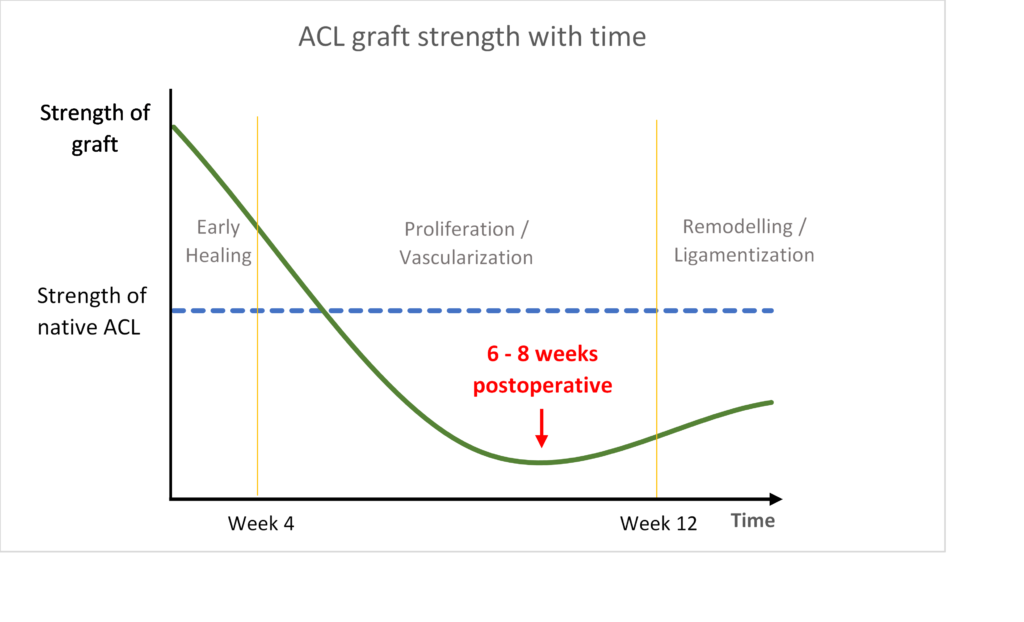
Clinical studies, as well as our own studies at BSM, show that functional testing results of ACL reconstructed patients continue to improve up to 2 years after surgery.
“… exercising appropriate caution and respecting the biology required of the rehabilitation process pays dividends for better long-term outcomes”.
The authors also note that having a good physical therapist (PT) is a key component to a patient’s rehab journey.
PTs can provide motivation, support, guidance, encouragement, help set realistic expectations, and deliver a fun, progressive and sport-/activity-specific program.
Factor #4: Psychological Consideration
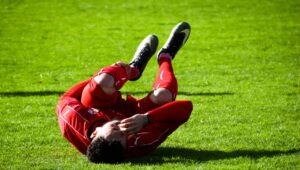
The authors found that fear of re-injury, motivation and psychological readiness are just as important as physical factors for optimal ACL recovery.
In fact, several studies have found that fear of re-injury is the most common reason for patients not returning to sport.
Despite this, limited research studies exist that focus on how to improve a patient’s psychological readiness to return to their pre-injury level of sport or activity.
A few studies, however, found the following interventions can be effective for patients:
- Goal setting
- Positive self-talk
- Documentation of feelings
- Counselling
- Watching videos where other ACL patients share their thoughts and feelings associated with their injury and the challenges they faced
Some mental strength resources…..
— Find more mental strength resources here —
Overall, the authors conclude that future efforts should focus on “…better understanding and optimizing all these aspects…” – physical, mental, and emotional – to optimize patient rehabilitation and recovery.
